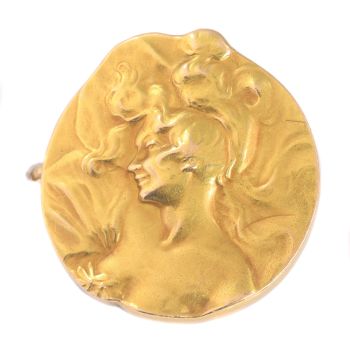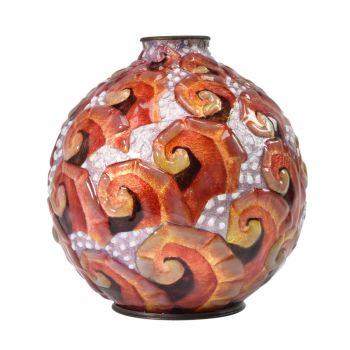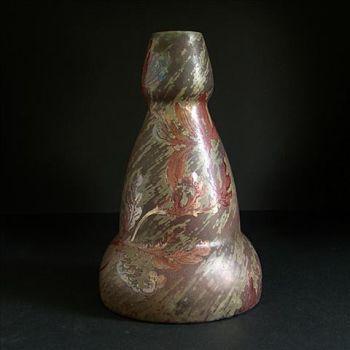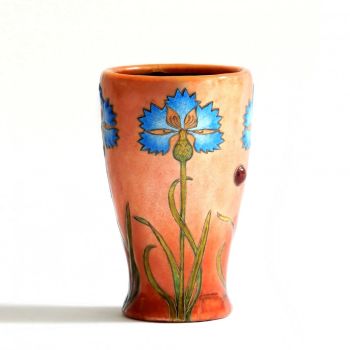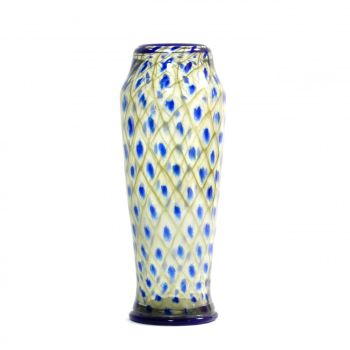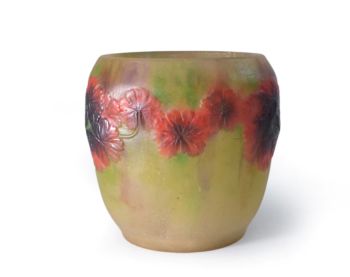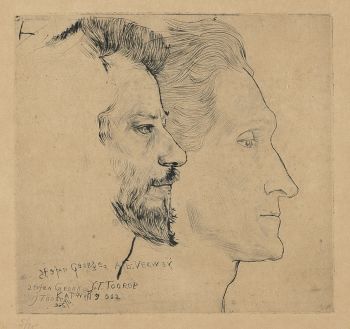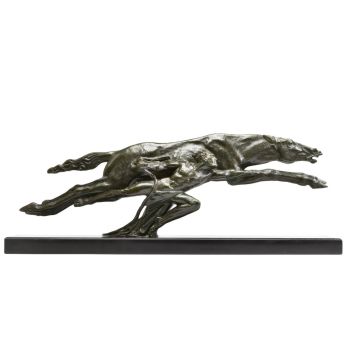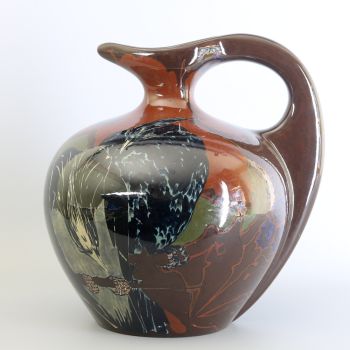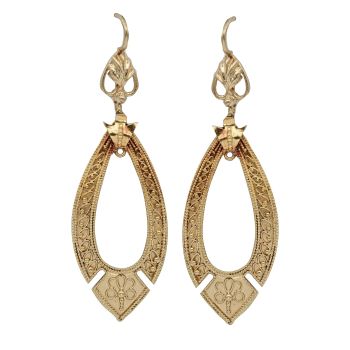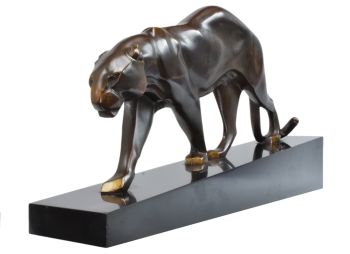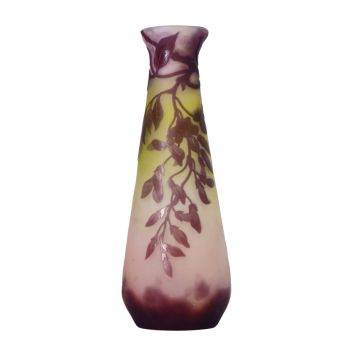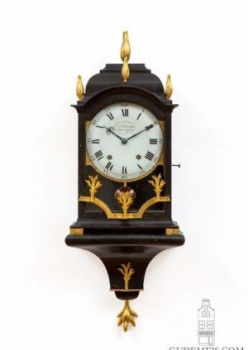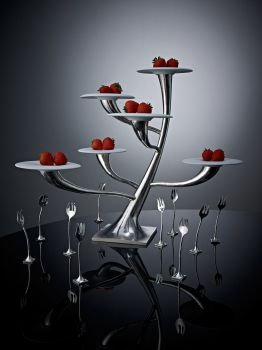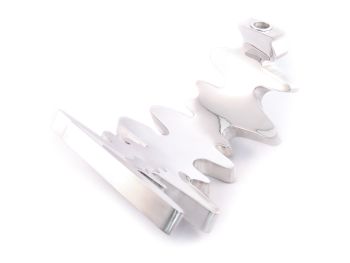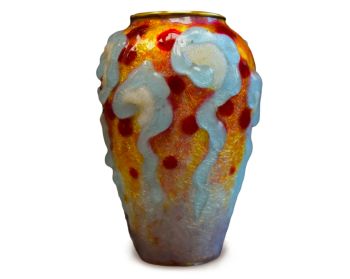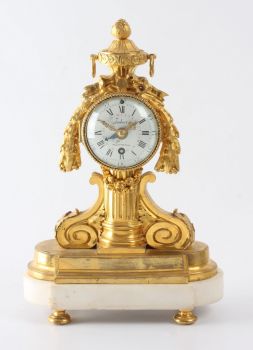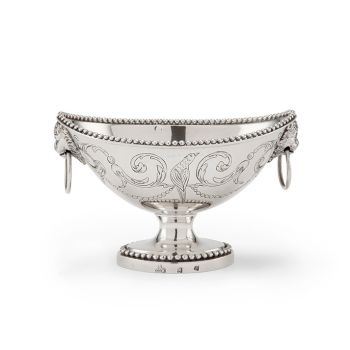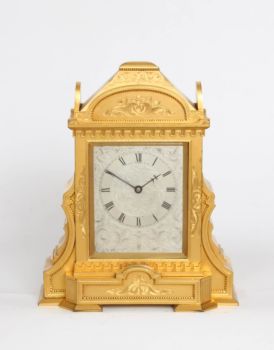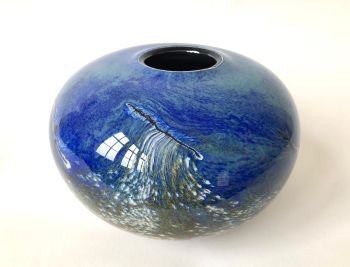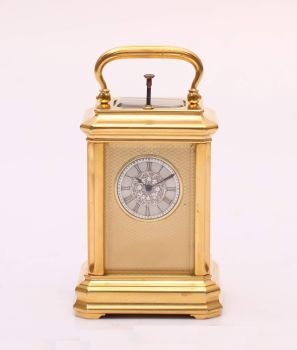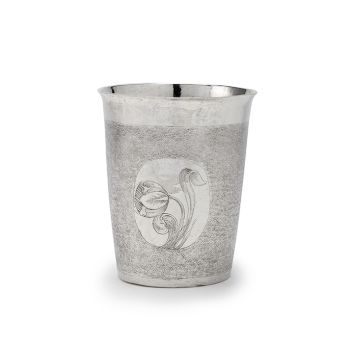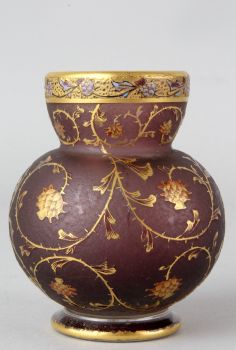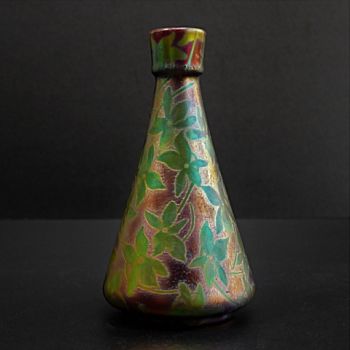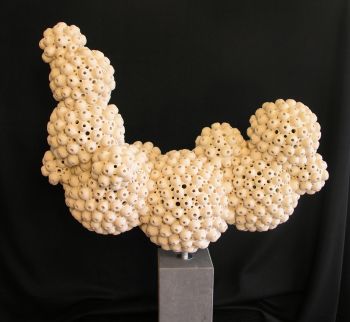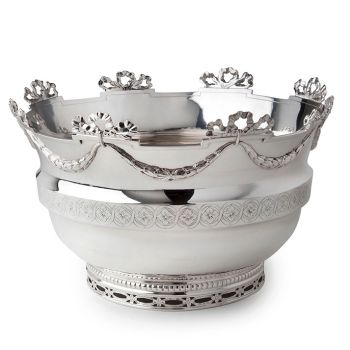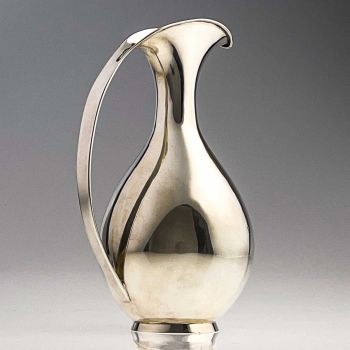Guide to Buying Original Antiques
Whether you're buying antiques for the first time or just want to brush up on your knowledge, this article is for you. Buying antiques can be a fun and exciting way to decorate or collect your home. It is especially important to ensure that you get value for money. This article covers the basics of recognizing and valuing antiques. In addition, we indicate which main categories of antiques we distinguish and where you can best buy original antiques.
When is something 'original' antique?
Objects that are more than 100 years old are generally considered antiques. We can say that most antique objects are made by hand and with the help of machines as little as possible. So most antiques date from before the 20th century because after 1900 most objects were mainly made with machines after that.
In addition to antiques, we distinguish between 'vintage' and 'brocante'. Vintage and brocante are items that are at least forty years old and come from the period 1920-1980. The difference between vintage and brocante is often in the condition of the product, where brocante often has a somewhat more rural and more weathered character.
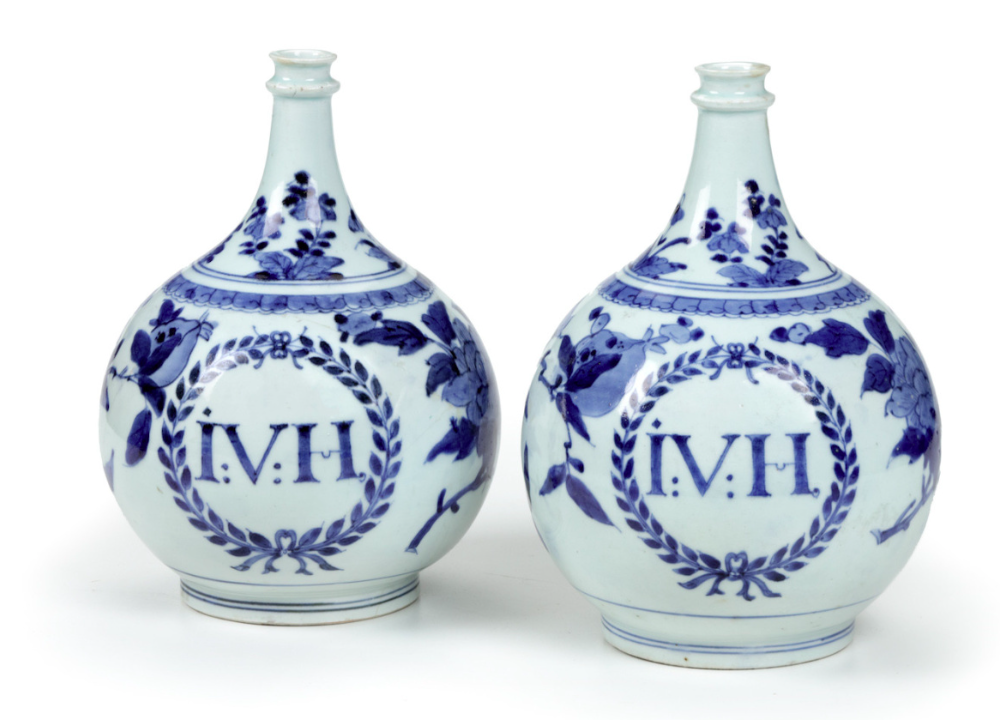 Buying antique, example of a pair of antique Japanese blue and white Arital porcelain bottles from 1700-1750
Buying antique, example of a pair of antique Japanese blue and white Arital porcelain bottles from 1700-1750
Antique does not necessarily mean that something is also art. There is only art if the object is of an exceptional unique and original quality made by an artist. With antiques, age is therefore more important than artistic value.
For example, a Van Gogh is a work of art, not an antique. A nice painting from the same time, which cannot really lay claim to artistic qualities, is then called antique.
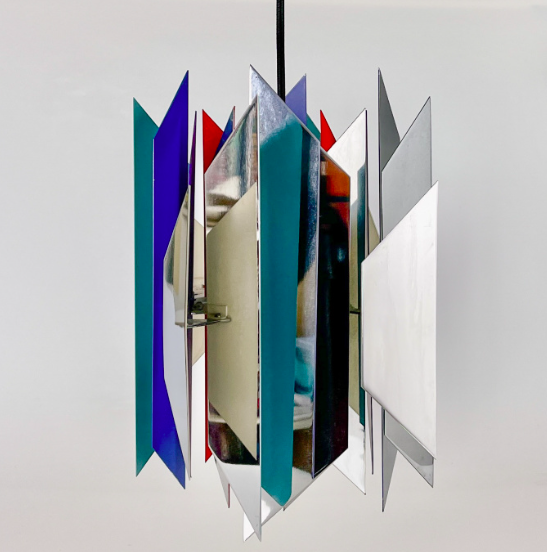 Buying antique, an example of 'vintage design', so antique or not? Divan II Pendant - Lyfa, cric 1970
Buying antique, an example of 'vintage design', so antique or not? Divan II Pendant - Lyfa, cric 1970
But the distinction is sometimes difficult to make, especially when it comes to utensils that have become famous because of their 'design'.
For example, the Rietveld chair from 1918 or glassware by Chris Lebeau from the 1920s or old batik work from Indonesia can, if the age criterion is not applied too strictly, be regarded as antiques, but they can also be regarded as works of art.
In another sense, the word 'antique' refers to classical antiquity as a period in history. "Ancient antiquity" sometimes serves as a synonym of "classical antiquity", people and especially the Greek and Roman writers of that period are "the ancients".
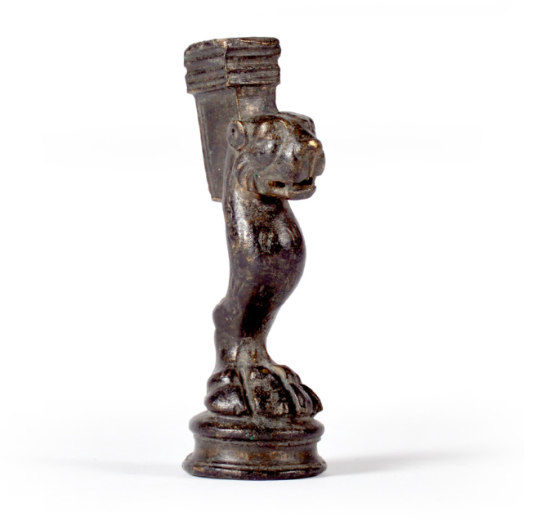 Buying antique, example of antiquity, a Roman bronze foot, 100-300 AD.
Buying antique, example of antiquity, a Roman bronze foot, 100-300 AD.
What makes antiques valuable?
The price and value of antiques depends on a number of factors, the most important of which are listed below:
Who made it; which artist or which factory or which 'house' made the object and what has been the historical importance of the object in art history.
The age of the object; of course, fewer copies of an older work will have survived than of a less old copy, in addition, an early copy from a series or series is often worth more than a later copy.
Rarity and exceptions; here too, the fewer copies that still exist and the more special the object, the scarcer and the higher the value will be.
The authenticity and context; how sure do we know if something is real or authentic? It is important for the value of an antique to know if there is proof of authenticity or a description, for example showing who the object came from and where we can place the object in view of its users or original owners, the place, period or any other related objects.
The quality; of course an antique piece is worth less if it is damaged or restored. This is especially true for ceramics and glassware. The quality of the finish of the object is also important for the value.
In the case of antiques, it may be that repairs have already been made during the time or that parts have been added or replaced 'later', we regularly see this with clocks, for example. A natural 'patina' of older materials, on the other hand, is often appreciated by collectors.
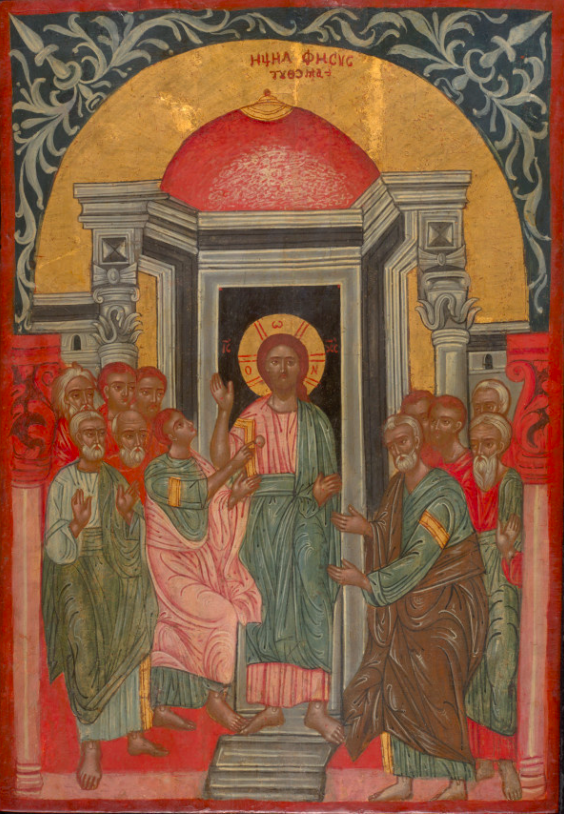 Buying antique, Greek Icon, the Apostle Thomas from circa 1700
Buying antique, Greek Icon, the Apostle Thomas from circa 1700
The materials used; the rarer and higher quality materials used, the 'intrinsically' more valuable the object. Think of silver or gold content and the use of precious stones or the type of wood used in furniture.
The current taste & trends; the contemporary trends and the desire for antique objects are constantly changing with the times. This is and was especially the case with antique furniture where the supply has grown and people have less and less space for larger objects.
Personal taste; if you like something yourself or if it fits well in your (eclectic) collection or interior, then it is of course valuable to you. So if you buy antiques, buy it anyway because you find it beautiful or special at first glance.
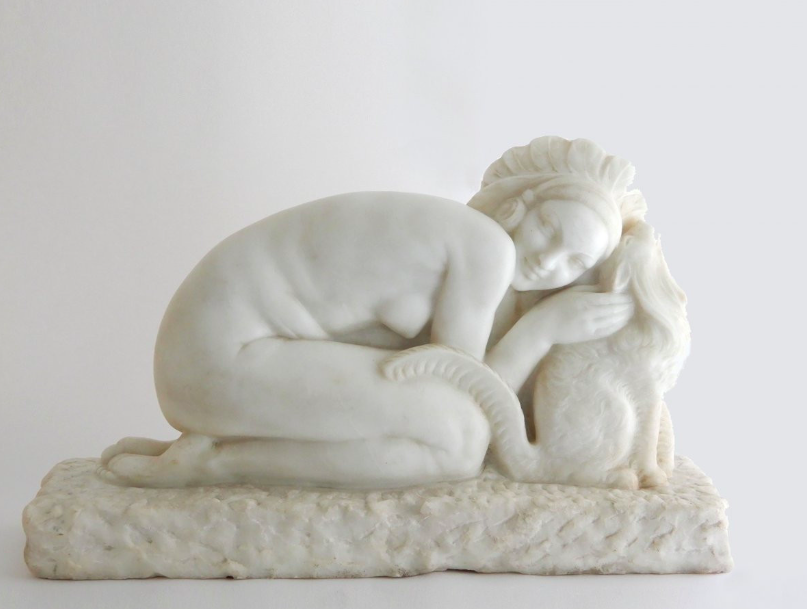 Buying antique or art? Art Deco, marble sculpture "Femme Nue au Chat, 1932 by Maxime Real del Sarte
Buying antique or art? Art Deco, marble sculpture "Femme Nue au Chat, 1932 by Maxime Real del Sarte
Which main categories of antiques do we distinguish?
You have antiques in all kinds, below we have made an explanation of the most common categories with the most important characteristics and points of attention.
Antique furniture
Antique furniture is not always valuable. Your grandma's tea cabinet may be 100 years old, but it doesn't have to make a fortune when sold.
If your grandmother left an Art Nouveau or Art Deco interior behind, these antique pieces of furniture may be worth a lot.
With antique wooden furniture, the type and quality of the wood (exotic or oak) and the patina are often important. Patina is the deep shade that wood acquires after centuries of use and care.
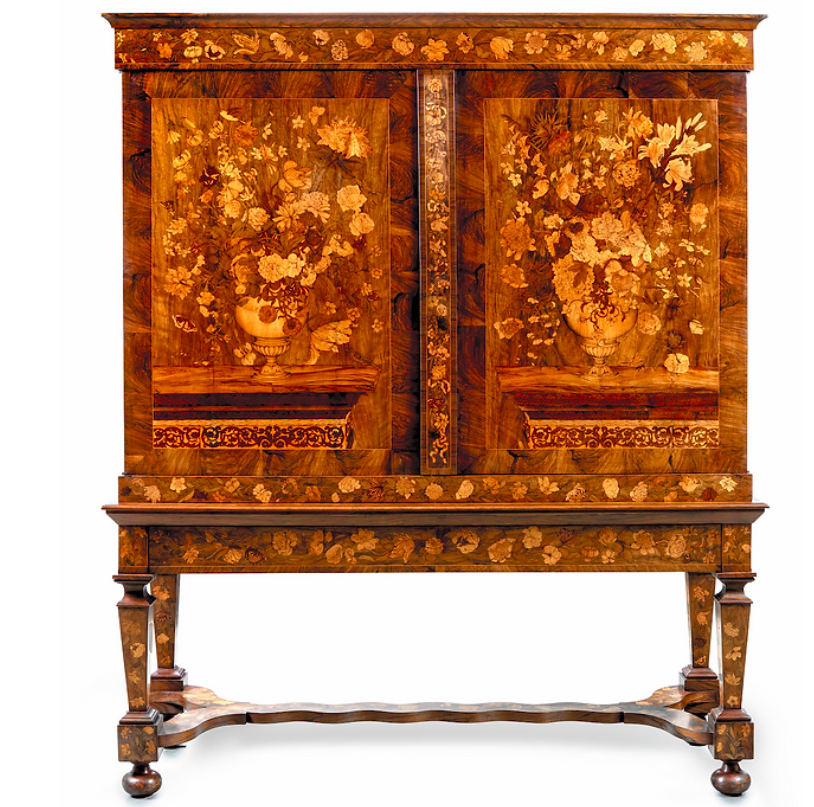 Buying antique, antique cupboard "The van Mekeren Cabiner, 1700, by Jan van Mekeren
Buying antique, antique cupboard "The van Mekeren Cabiner, 1700, by Jan van Mekeren
Antique printing and prints
Printmaking, such as old maps and pictures (often from books) are often sold as antique prints. Paper is often very vulnerable to damage caused by acids, moisture, tears and creases.
The condition or quality of the paper then has a major effect on the value. Also important for the value of antique prints is that they should be original 'prints' as much as possible and that there are no reproductions. The more original (perhaps hand signed) and the smaller the edition, the more valuable.
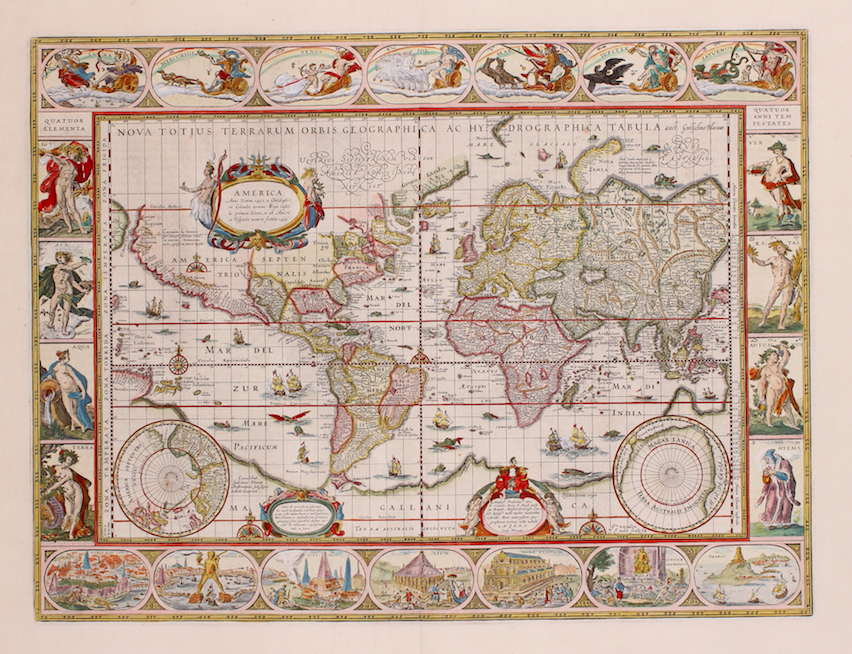 Buying antique, an 'original' antique world map, Johannes Blaeu, 1606
Buying antique, an 'original' antique world map, Johannes Blaeu, 1606
Antique glass and ceramics
Most of the antiques offered today in terms of glass and ceramics come from the Art Nouveau and Art Deco period. This often concerns applied or decorative art where production often took place with a combination of machine and human hand.
The more intact the object and the smaller the edition, the higher the value. With antique glass and ceramics we also regularly find offers from the Roman, Greek and Egyptian periods, the so-called antique or classical antiquity.
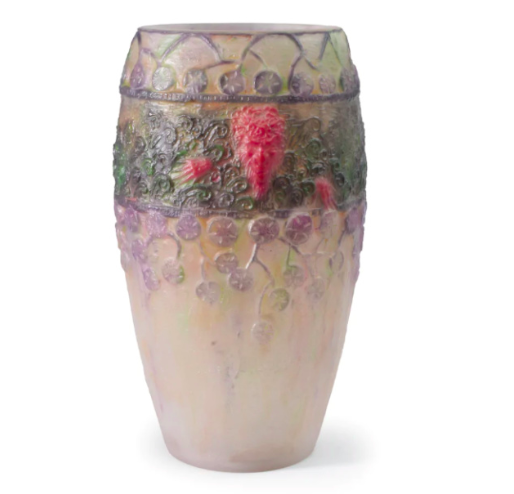 Buying antique, antique Art Nouveau vase 'Faune et Nympfs', 1923, Gabriel Argy-Rousseau
Buying antique, antique Art Nouveau vase 'Faune et Nympfs', 1923, Gabriel Argy-Rousseau
Antique bronze statues and sculptures
When it comes to antique sculptures or statues, most of the offerings also come from the Art Nouveau and Art Deco period. Important for the value of antique statues or sculptures is the reputation of the artist or foundry and the integrity of the statue.
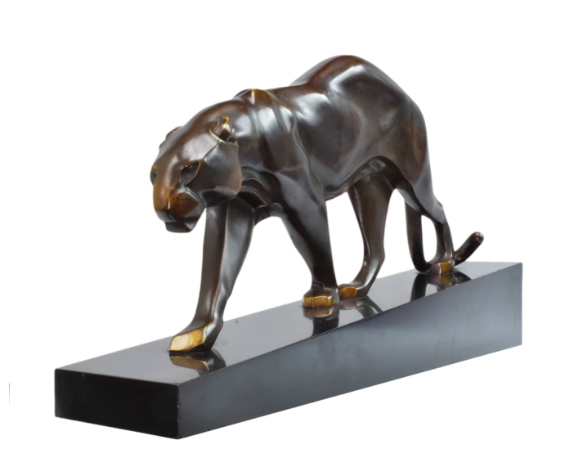 Buying antique, a bronze Art Deco sculpture 'Panthère Marchant, 1925 by Maurice Prost
Buying antique, a bronze Art Deco sculpture 'Panthère Marchant, 1925 by Maurice Prost
Antique jewelry
Today we see a lot of jewelery from the Victorian era (1837-1901), a period of great wealth and 'glitter and glamour'. In this time there was no electric light and jewelry was mainly made to shine as much as possible by candlelight.
Often these antique Victorian jewelry and jewelry are still quite affordable when you look at the gemstones and precious metals used and their intrinsic value. These antique pieces of jewelery are mainly richly decorated rings, earrings, pendants and brooches, which are still very wearable today.
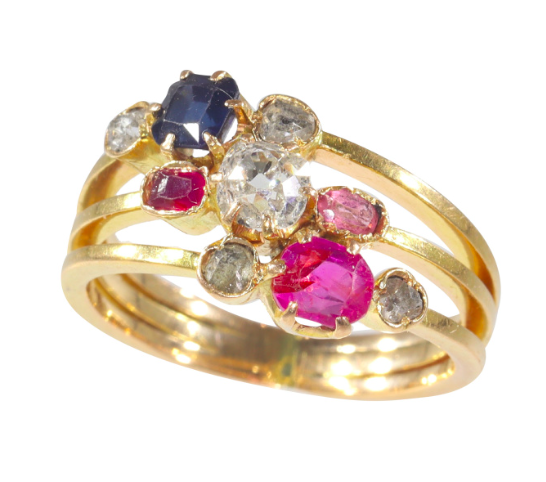 Buying antique, gold, diamond and ruby ring dating from the Victorian era around 1880
Buying antique, gold, diamond and ruby ring dating from the Victorian era around 1880
Antique coins and medals
Collectors in particular often target coins and medals. The most sought after antique coins often come from the Greek and Roman periods. The latter depicts the reigning emperor at that time.
Another type of coin that was not used in payment transactions are 'tokens', often made to commemorate an important event and are also very popular among collectors of antique coins.
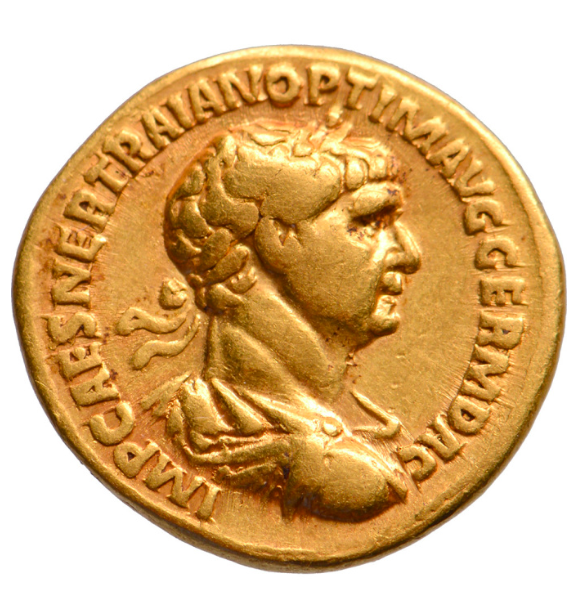 Buying antique, a coin from 'antique' antiquity AV Aureus Trajan, 98 - 117
Buying antique, a coin from 'antique' antiquity AV Aureus Trajan, 98 - 117
Antique silver objects and crockery
In the 17th, 18th and 19th centuries, much attention was paid to silver tableware, such as dishes, plates and cutlery. In addition to impressing the guests, this was also insurance in case of bad times.
In addition, the silver crockery or tableware was often part of the dowry. Such antique crockery often passed from generation to generation, so that much of it has been preserved and sometimes it is not even used today.
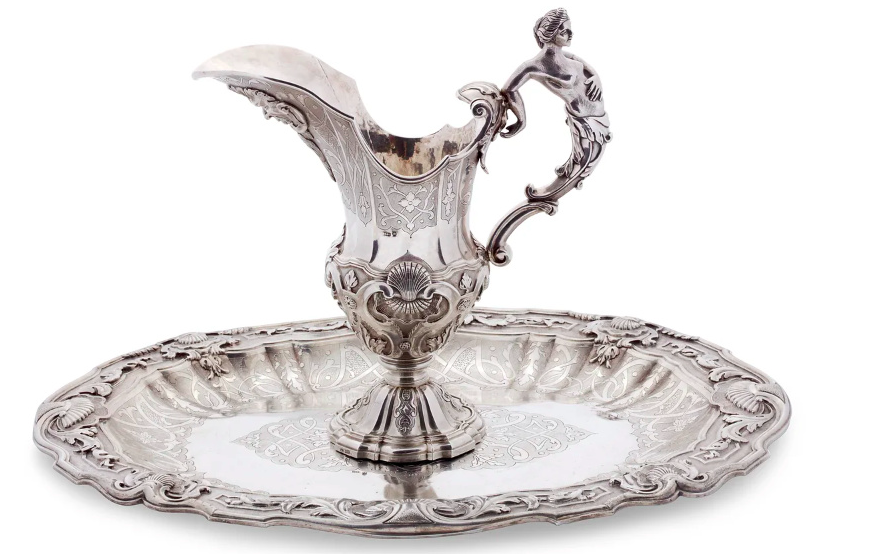 Buying antique, antique Portuguese Colonial silver jug and bowl from 1780
Buying antique, antique Portuguese Colonial silver jug and bowl from 1780
Antique clocks and instruments
Antique clocks are still widely collected. In addition to the art-historical value, the value of the authentic parts and the name of the maker are also important.
There are different types of clocks such as the table clock, wall clock or longcase clock, they are often richly decorated, especially the antique clocks with the Empire style (1804-1814).
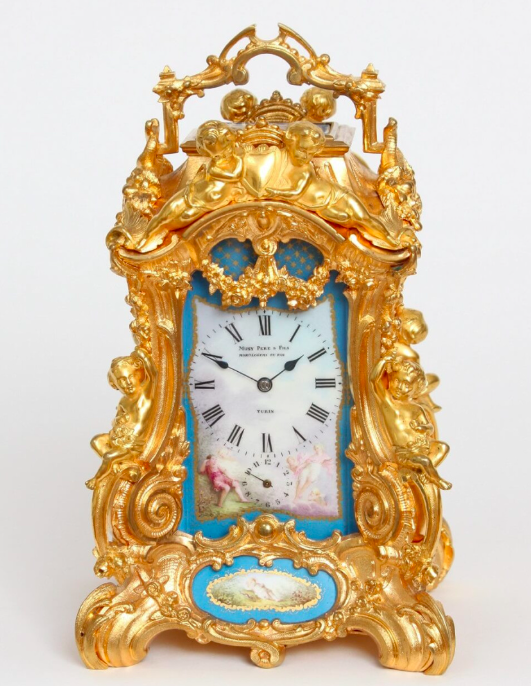 Buying antique, French gilded travel clock and alarm clock from circa 1870
Buying antique, French gilded travel clock and alarm clock from circa 1870Colonial antique
We call many antique objects that come from the former colonies colonial antiques. This may concern prints and antique furniture from the colonies, but also often beautifully decorated objects (such as baskets, boxes or carvings) made of the most exotic materials.
These antique works of art were often taken back to their homeland as 'showpieces' to decorate the cabinets and homes of the rich.
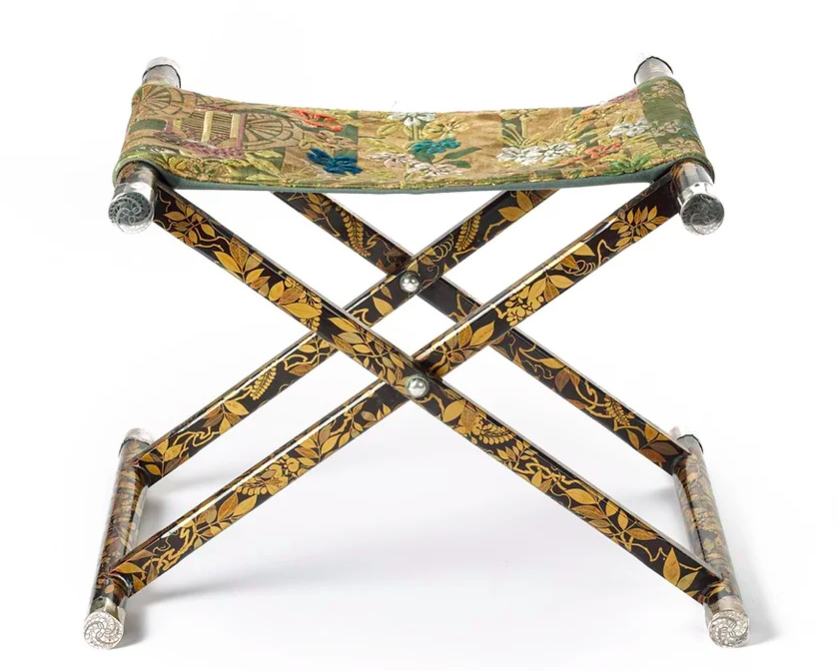 Buying antique, a richly decorated, antique Japanese folding chair from the late 16th century
Buying antique, a richly decorated, antique Japanese folding chair from the late 16th century
Objects from ancient times
In addition to antique coins, you should also think of glass and pottery, such as figurines and jewelry. Here too, it is important to know the origin, such as the original collection or the previous owner.
The provenance of antiques from antiquity is very important because it sometimes happens that these objects have not been legally offered, but also to be able to estimate their (art) historical value.
Antique objects from antiquity are regularly smuggled out of the country as illegal archaeological finds, often from poor countries or countries involved in a (civil) war.
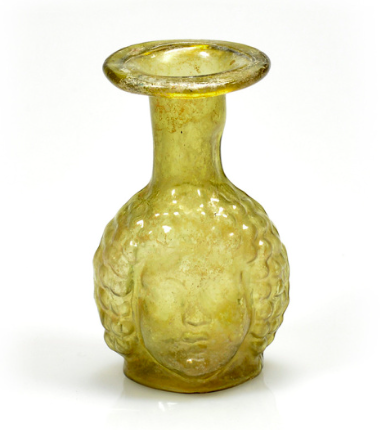 Buying antique, ancient Roman bottle with two heads circa 2nd -3rd century AD. with a beautiful 'patina'
Buying antique, ancient Roman bottle with two heads circa 2nd -3rd century AD. with a beautiful 'patina'
Tips to watch out for when buying antiques
Many 'antique' objects are imitated with good and bad intentions nowadays, but this also happened in the past. If antiques have a somewhat higher value and it is worthwhile to make a good copy (or have it made), then this often happens or happened.
So, for example, a cabinet may have been made in the 1970s instead of the 18th century. There was a market for that at the time. Due to the scarcity of antique cabinets, good copies were made.
In the same 1970s, for example, pewter measuring cups and the brass helmet kit with a Delft blue handle were simply copied in India.
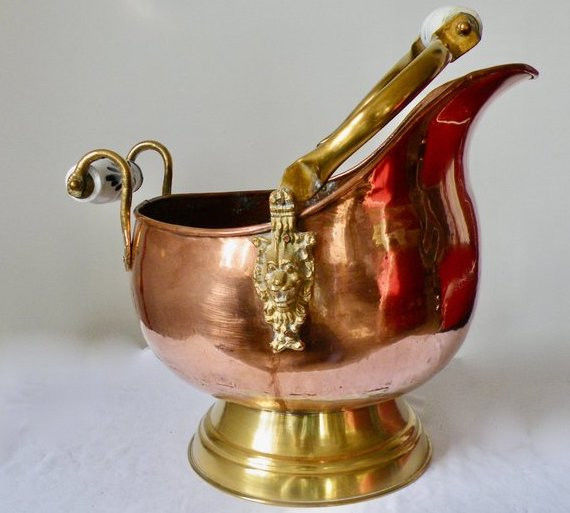 Buying antique, example of perfect 'counterfeit antique' the helmet kit
Buying antique, example of perfect 'counterfeit antique' the helmet kit
A drawer in a cabinet with a dovetail connection, for example, often reveals the age of an antique (drawer) cabinet. This old and time-consuming production technique (by hand) was later not or hardly used anymore.
Certain colors or pigments are newly developed and a certain time. An example of this is the color pink on Chinese porcelain. This was only discovered and used in the early 18th century, in 1725 to be precise. Original antique Chinese porcelain from 1710 cannot possibly have this pink colour.
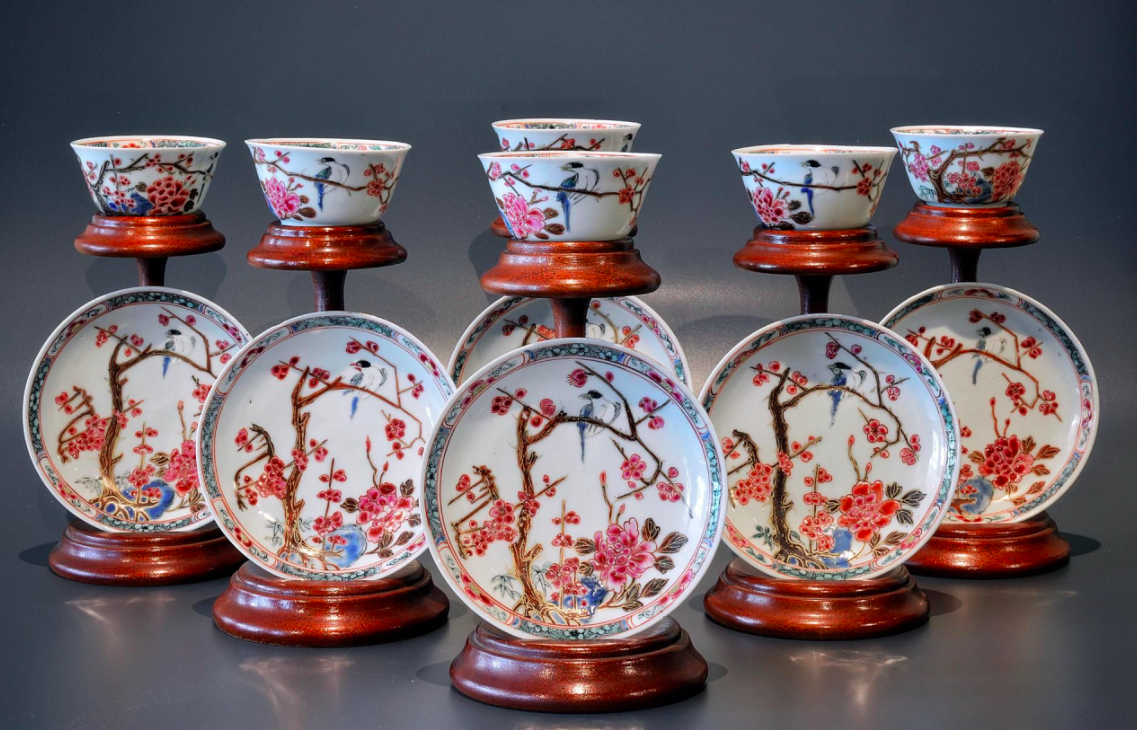
Fabrics, woods, and patterns are also often a good way to determine the age of an antique. Due to trends, availability and technology, certain materials and patterns are associated with specific periods.
Handmade antique objects often have irregularities. With antiques, imperfections are not necessarily defects, but above all signs that the object is 'non-machine made' and can therefore be more likely to be antique.
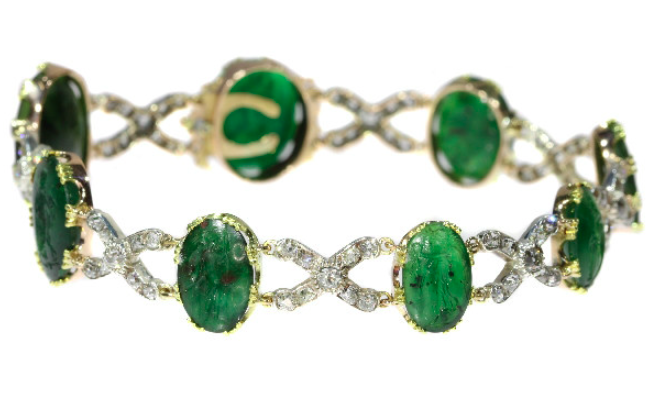 Buying antique, 18th century diamond bracelet with 2000 year old Roman stones and images
Buying antique, 18th century diamond bracelet with 2000 year old Roman stones and images
And take a good look at the finish of any antique piece before you buy it, especially if it's made of wood or metal. If the finish looks worn or damaged, it may mean there have been underlying problems or repairs that have been applied under layers of paint or varnish and have become visible.
It is also important to pay attention to 'natural' discolorations and wear. If there is indeed wear or discoloration, pay close attention to whether the wear or discoloration is in a logical place due to the 'normal' use of the item and that it was not added later intentionally to make it look antique.
Where is the best place to buy original antiques?
There are many places where you can buy antiques these days, such as (online) art auctions, flea markets or thrift stores. Especially if you don't pay too much or if you want to take a chance, it is best to try to buy beautiful antiques here.
But if you are about to spend a lot of money for a truly original piece of antique, our advice would be to only buy antiques from the above outlets if you know very well what you are buying. You have no guarantee at the aforementioned points of sale that what you buy is real or exactly what you think you are buying.
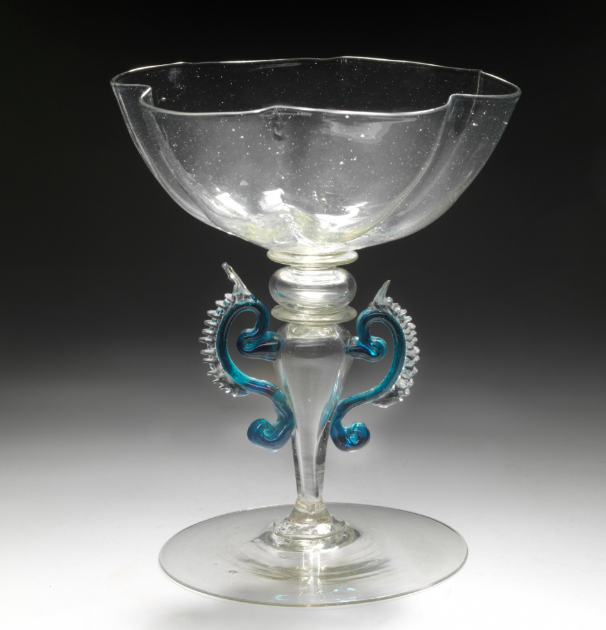 Buying antique, antique winged Venetian glass, 1624-1626
Buying antique, antique winged Venetian glass, 1624-1626
If you want to buy a truly original antique object, then buy mainly from reputable antique dealers and art dealers. They will be able to advise you and provide a certificate of authenticity with a purchase and most likely give a good provenance. If afterwards something is wrong with the object, you can always return it to the seller.
Here at Gallerease we therefore only offer original and curated antiques from renowned art dealers affiliated with well-known trade associations, such as the Koninklijke VHOK (The Royal Association of Dealers in Ancient Art in the Netherlands). For our extensive range of antiques and art, see our website via the following link.
*All antique items depicted in this article, except for the "Helmet Kit", are available and for sale through Gallerease at the time of writing this article


